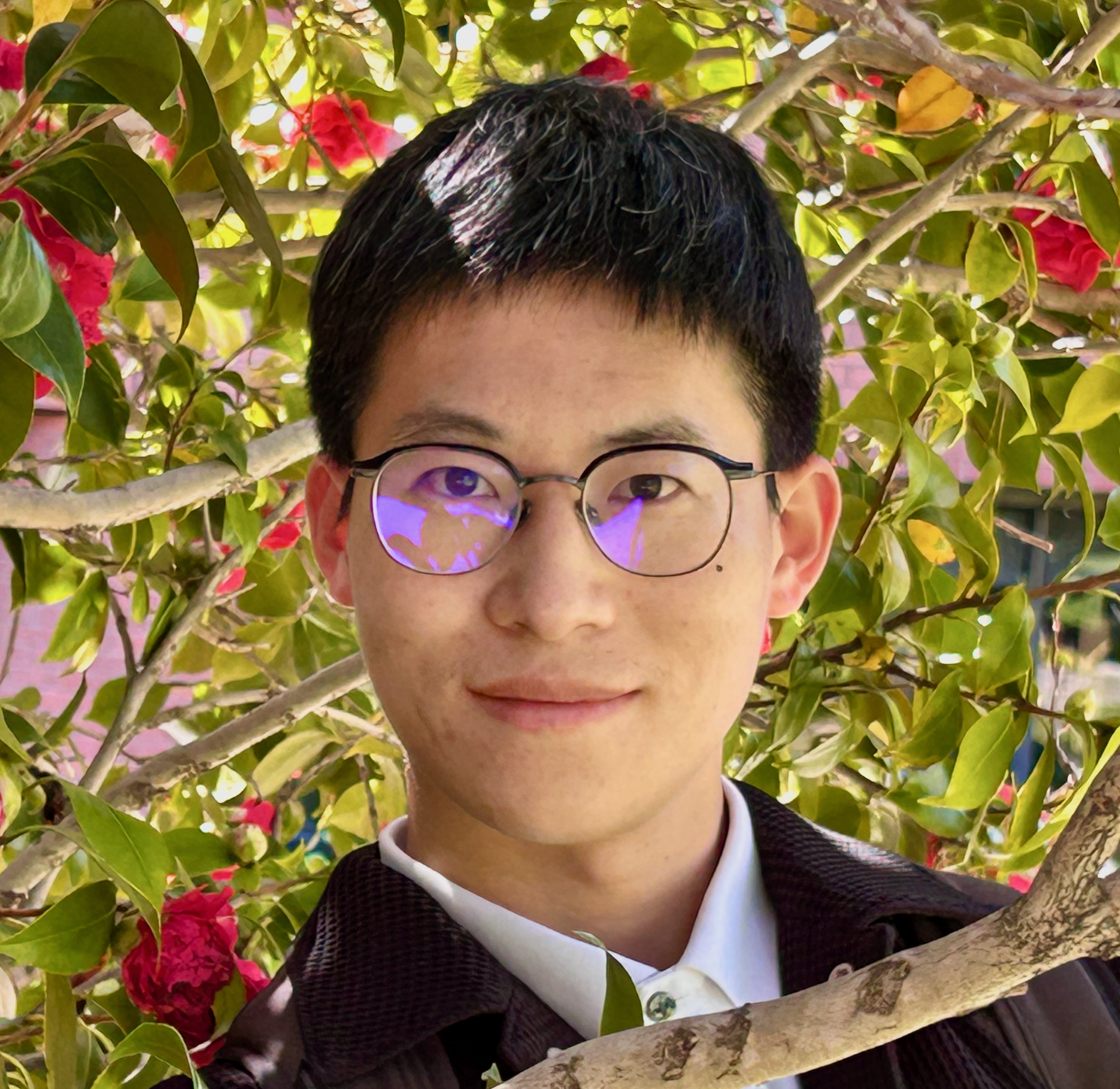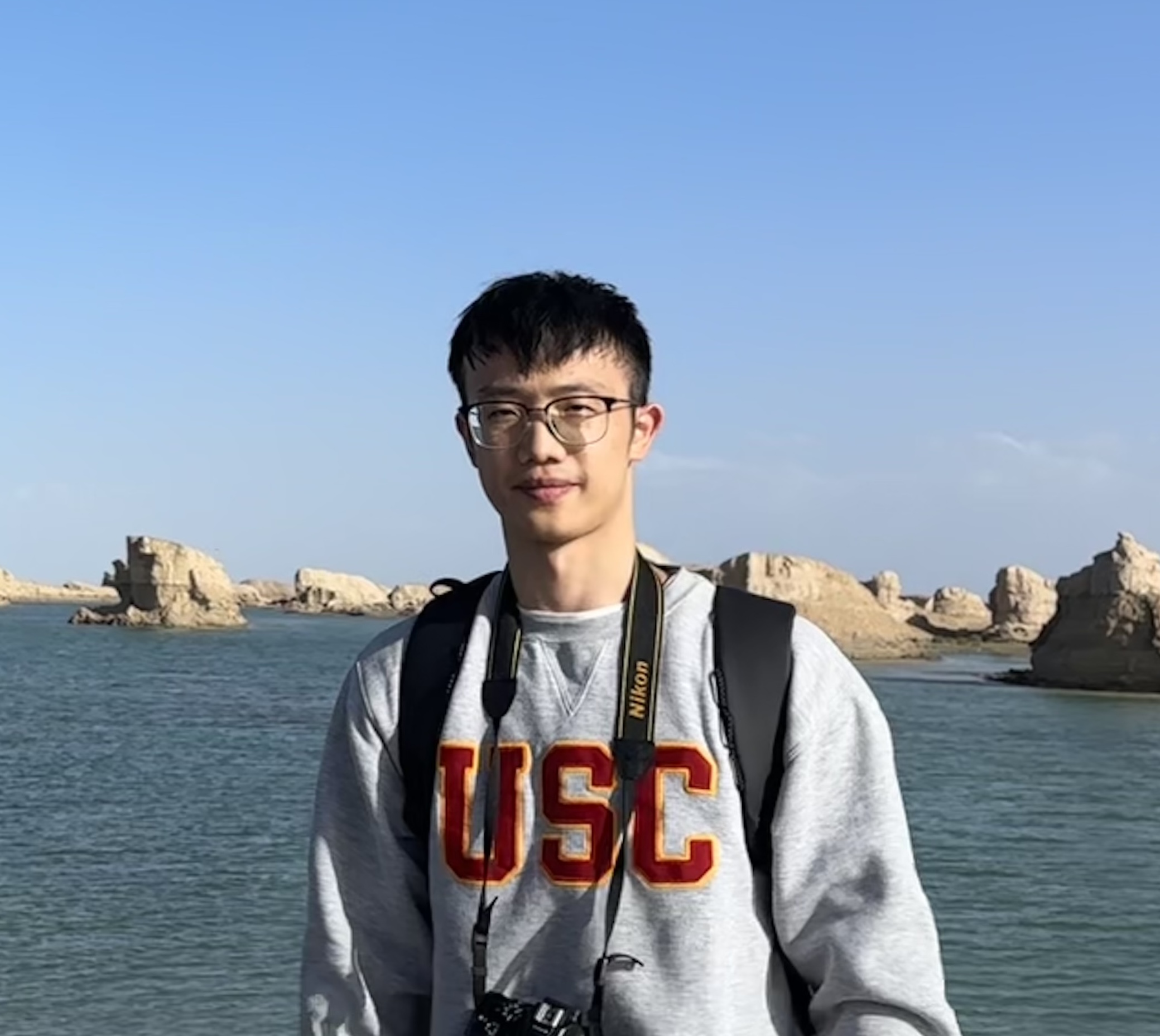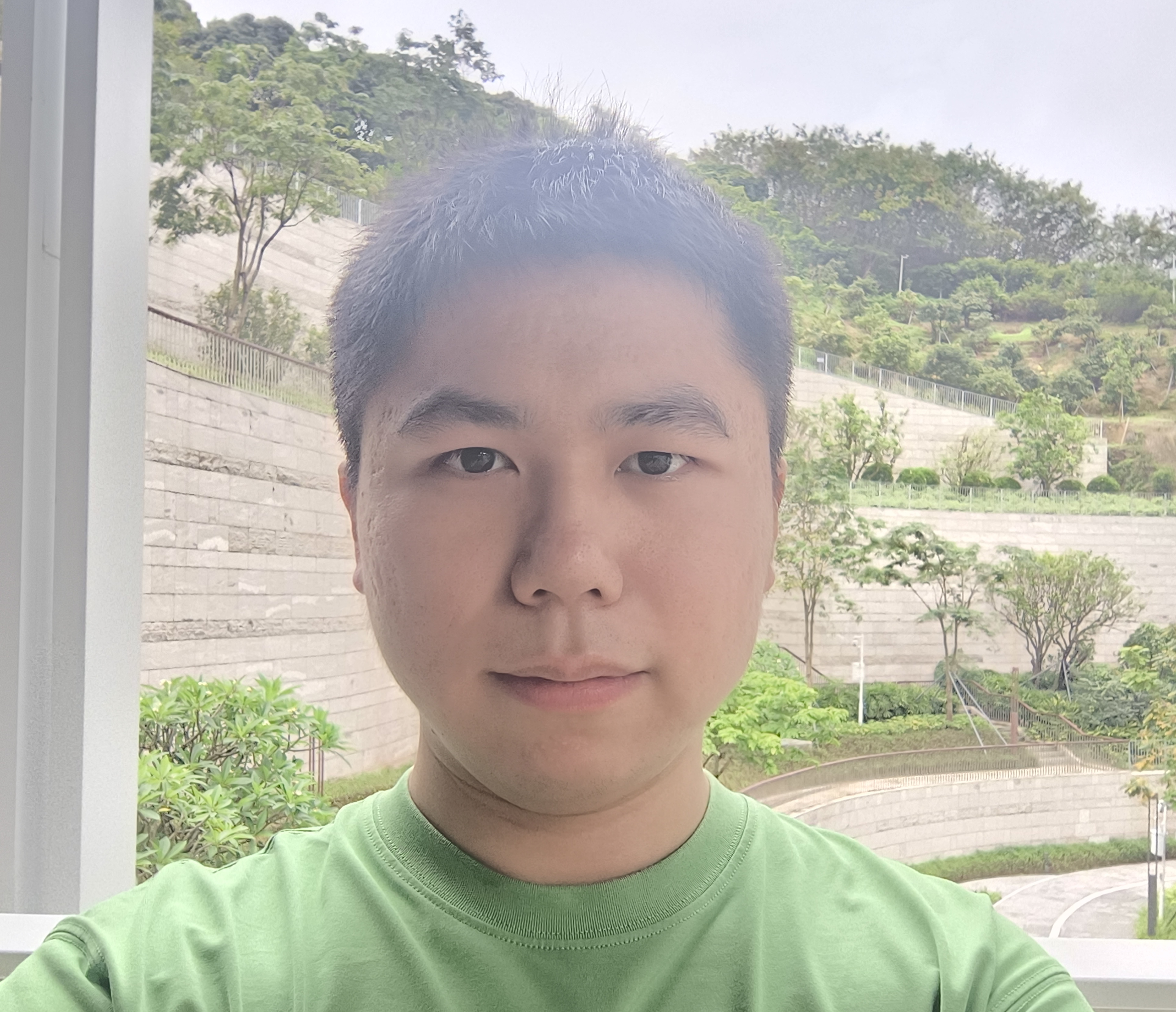About Our Group
Our research group was established in 2025 at Harbin Institute of Technology (Shenzhen). As enthusiasts of interdisciplinary research between computer science and biomedicine, we focus on developing advanced algorithms and integrated tools for facilitating healthcare, particularly in microscopy image processing and its downstream analysis.
Over the years, we have established close collaborative relationships with numerous research institutions both domestically and internationally, achieving a series of breakthroughs in quantitative microscopy and intelligent endoscopy. Our research findings have been published in top international academic journals such as Nature Communications. We are open to any potential corporations.

Latest News
Feb 2025:
One paper about quantitative microscopy was accepted by Nature Communications!
Jan 2025:
One paper about super-resolution was accepted by ISBI 2025!
Jan 2025:
We started our IBIL group at HITSZ!



